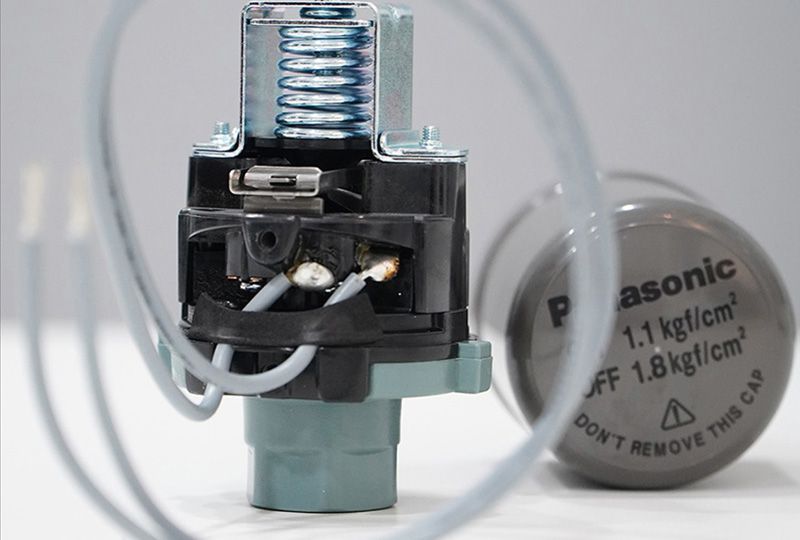Thermal Relays
Better protection for your equipment simply by understanding thermal relays correctly
First, it is important to understand what a thermal relay is and what it is used for, A thermal relay protects electrical equipment from thermal overload by disconnecting the circuit when the temperature exceeds the safe limit. In this article, EMIN addresses some frequently asked questions about thermal relays.

Does a thermal relay protect against short circuits?
The answer is no. Why is that? Thermal relays do not have a short‑circuit protection function; they are designed to protect motors from overload by opening the circuit when the current exceeds the allowable limit for a certain period of time. To guard against short circuits, you need devices such as miniature circuit breakers (MCBs) or fuses.
Should you choose a thermal relay based on motor power or rated current?
According to the experience of engineers and technicians, you should select a thermal relay based on the motor’s rated current. Choosing by current ensures the relay operates accurately, matching the motor’s actual load. Selecting by power can lead to errors due to power factor and operating conditions.
Why does the thermal relay trip continuously even though the motor seems to run normally?
A thermal relay may trip repeatedly for several reasons:
- Incorrect current setting: If the set value is lower than the actual operating current, the relay will trip frequently.
- High ambient temperature: High surrounding temperatures can cause the thermal relay to trip.
- Oxidized or loose contacts: This leads to local heating, causing the thermal relay to open the circuit.
- Continuous light motor overload: This condition accumulates heat and activates the thermal relay.
Can a thermal relay be used for a single‑phase motor?
Absolutely. Although thermal relays are commonly seen in three‑phase systems, if you choose the right type and wire it correctly, you can use them on single‑phase motors without any issues!
The key is what you need the relay for. If it’s a thermal relay specifically designed for single‑phase motors, it’s straightforward—just follow the manufacturer’s wiring instructions. But if you’re using a three‑phase thermal relay on a single‑phase motor, pay attention to the wiring: typically only two of the three poles are used, and you must ensure the set current matches the motor’s actual operating current.
Some people mistakenly think a three‑phase relay works in all cases, but if it’s set incorrectly or the effects of temperature and actual load current are ignored, the relay can trip erroneously or fail to protect the equipment. It may even cause damage if the contacts don’t make good contact.
Advice: if you’re not sure, opt for a relay designed for single‑phase motors, or consult EMIN’s technical team before installation. Choosing the correct relay and wiring it properly from the start will save you a lot of trouble later.
-
-
-
-
-
-
-
-
-
-
-
-
-
-
-
-
-
-
-
-
-
-
-
-
